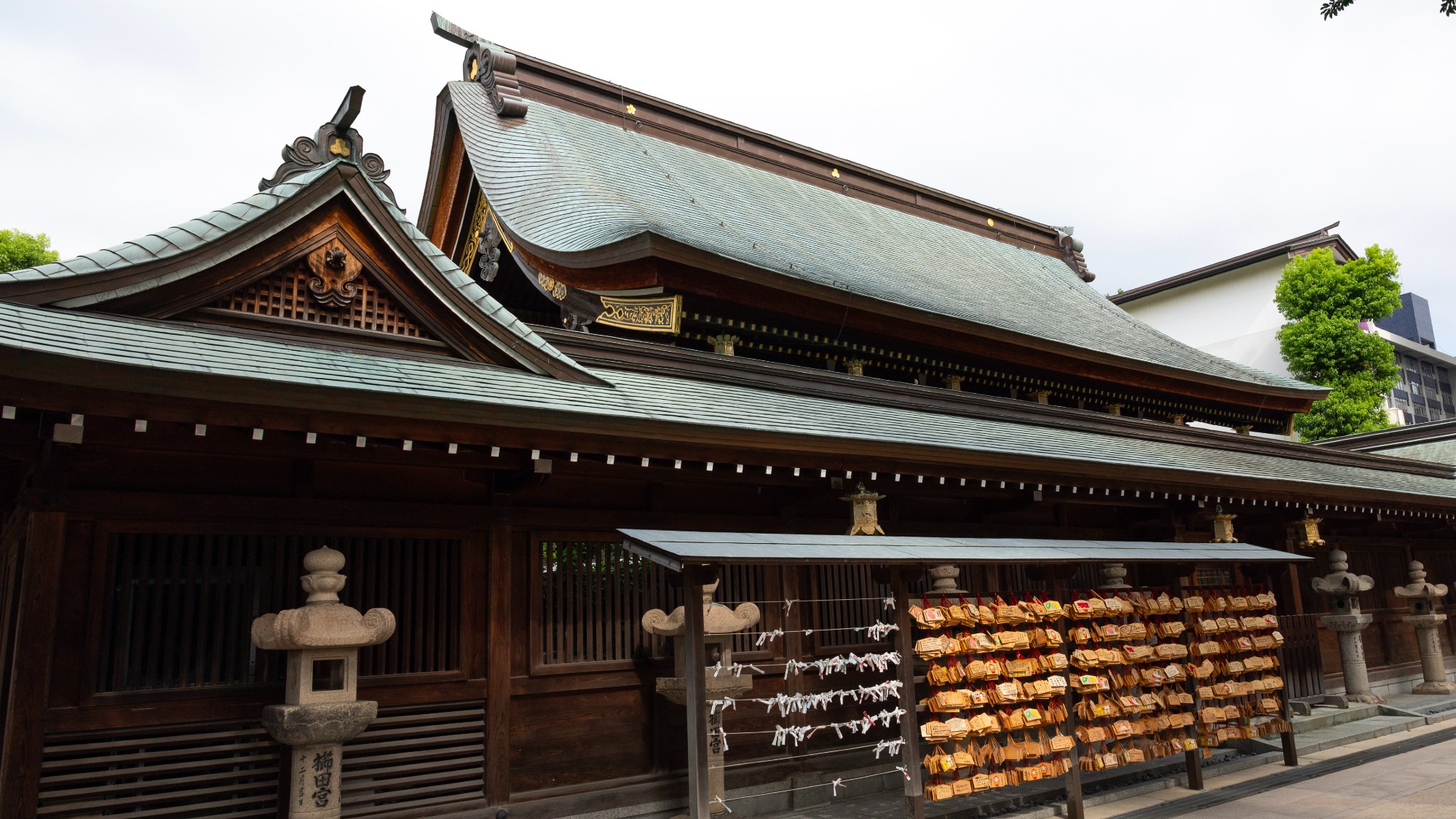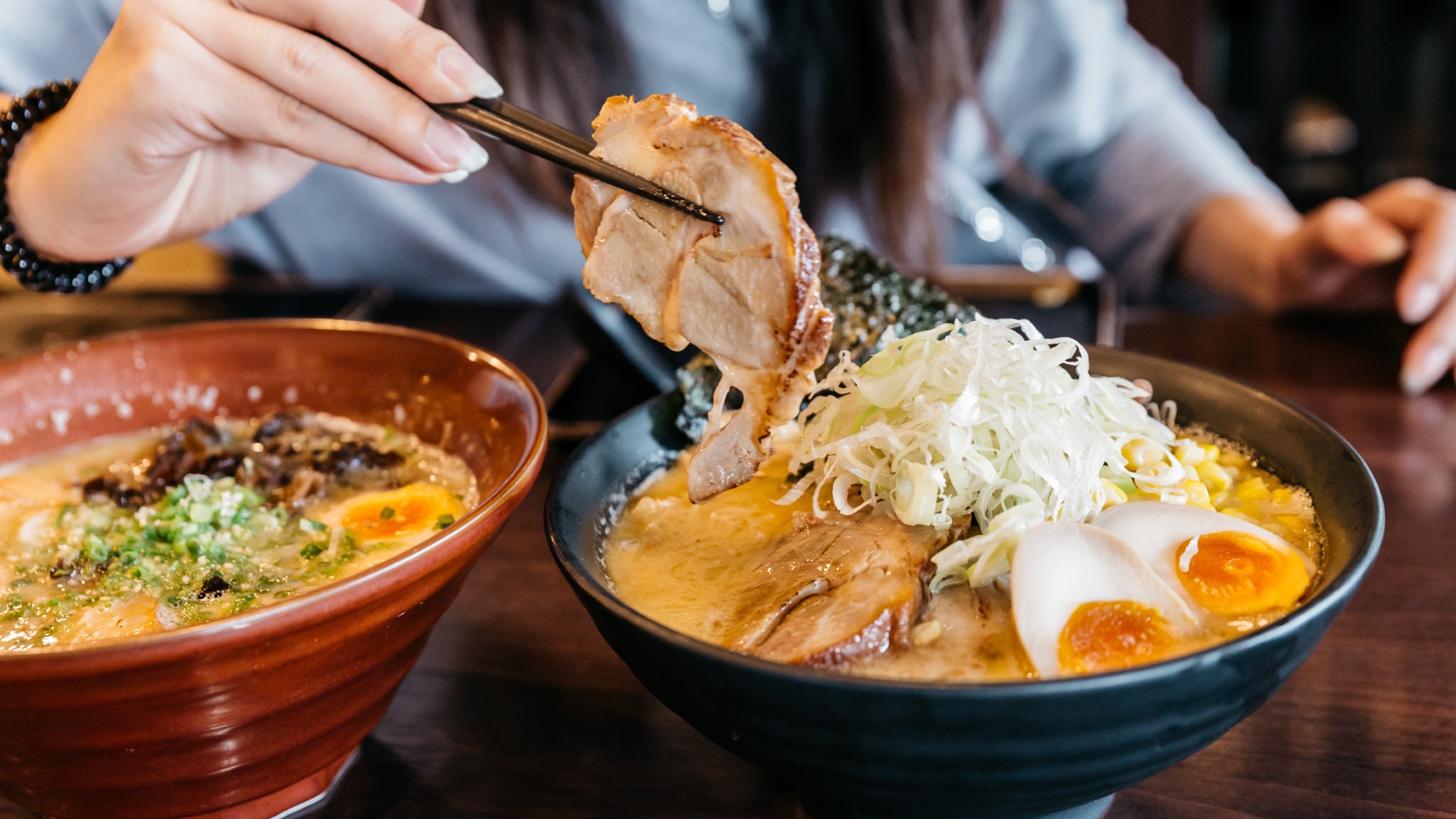There are endless urban centers to visit in Japan beyond Tokyo and Kyoto. To shift in a different direction from those two heavily touristed cities, head southwest to the island of Kyushu and its biggest metropolis, Fukuoka.
The city is the sixth-largest in Japan, and its population lands at a cool 1.6 million. Substantive, but not extreme like Tokyo’s 14 million. Fukuoka “consistently ranks as one of Japan’s most livable cities, with an exploding startup scene and a young, creative energy that’s reshaping its future,” said Travel & Leisure Southeast Asia. It beats like the heart of a Japanese city, but, unlike in Kyoto and Tokyo, you might go your entire trip to Fukuoka without seeing another gaijin (foreigner).
Wander

Multiple rivers, including the Naka, Mikasa and Hakata, converge in Fukuoka and connect to Hakata Bay on the northwestern edge of the city. To see how Fukuoka comes alive when the sun dips below the horizon, visit the “more than 150 yatai food stalls, or mobile food carts,” located on the north bank of the Naka River, said Afar. Dine on gyoza, yakitori and oden (hot pot). At the stalls, “the seating arrangements are so intimate, you’re bound to make friends.”
The ancient coexists with the modern in Fukuoka. The Kushida Shrine, a Shinto temple built in the 8th century, has been “Fukuoka’s spiritual backbone for over a thousand years,” said Travel & Leisure Southeast Asia. And high on a hill in Maizuru Park is Fukuoka Castle, with its immense concentric walls. It was once home base for Fukuoka’s feudal lord, Kuroda Nagamasa, during the early 1600s.
For one-stop shopping, the Kawabata Shopping Arcade has more than 130 stores. You can find Fukuoka-specific textiles like hakata-ori, a patterned fabric often used for obi (the waist ties for kimonos). These days, the textiles are also transformed into handbags and other accessories.
Eat

Americans in cities like Los Angeles and New York City have become hypnotized by the rich, porky allure of Hakata ramen, a style that demands a milky, intense tonkotsu (pork-bone) broth. You will find both solid and sublime versions of tonkotsu ramen across Fukuoka. As Junot Díaz said in Condé Nast Traveler, “what counts as outstanding in a ramen periphery like New York would only rate as pretty good in a ramen metropole like Fukuoka.”
Bekk is worth a day trip to Kitakyushu, an hour by train northeast of Fukuoka. Its chef-owner, Koji Suganuma, melds Italian and Japanese cuisines into a bombshell hybrid. The menu at Bekk rolls with the microseasons. Fresh ginkgo nuts might appear in a rice-flour tartlet to start, followed by a sequence of deftly handled local fish and pork, pasta and an airy rice tiramisu with figs to finish. Comforting and reviving, Bekk is the kind of restaurant you would want to visit monthly — if you lived around the corner rather than a few oceans away.
Sleep
The Ritz-Carlton’s outpost in Fukuoka opened in 2023, a “smart, understated new property,” said Condé Nast Traveler, built on the site of a former elementary school and located in the “chic, upscale Hakata neighborhood with its wide, tree-lined streets through which a network of canals lazily winds.” The hotel is the “definition of quiet luxury, impressively balancing simplicity and sumptuousness” with the smallest suites being “massive, with four rooms that can be shut off with traditional Japanese sliding screen doors.”